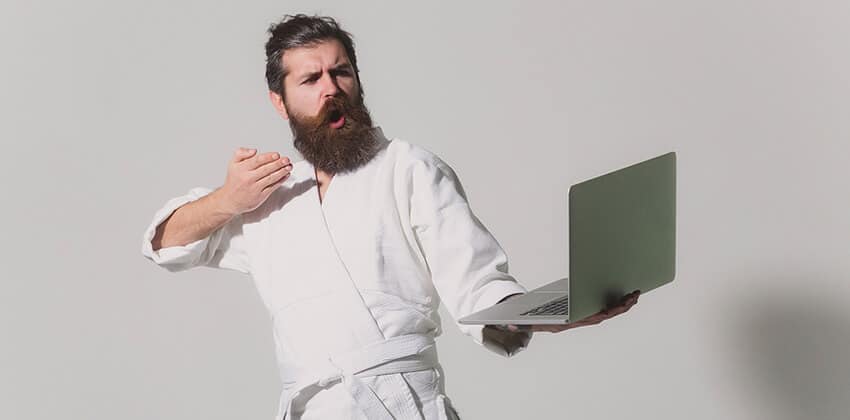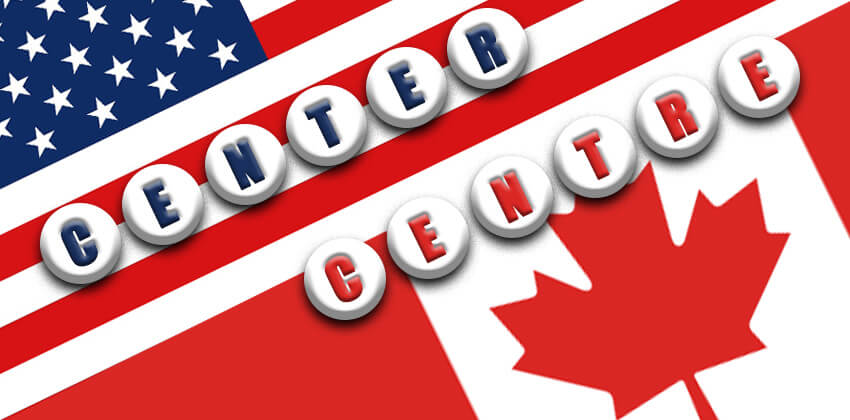
Many people at mid-career find writing resumes challenging: what style resume to use, what to leave off, whether to include graduation dates, etc.
Here are some suggestions for moving your resume from so-so to spectacular.
Exclude Some Skills and Activities
1. Don’t include on a resume any skills or activities you’re not interesting in continuing in the future.
During an interview, the interviewer generally looks at the resume and reviews it from top to bottom, asking questions about what’s written. If, for instance, you list “budgeting” as one of your job tasks, but don’t really want to be involved in budget preparations in the future, leave budgeting off your resume.
The interviewer might say, “Oh, I see you’ve had budgeting experience. That’s great. This job has a good deal of budgeting associated with it.” Can you answer, “Oh, I don’t really want to do that anymore.”? Better to not have the comment/question arise in the first place.
2. Avoid making the resume a laundry list of everything you’ve done.
Don’t include skills or activities that aren’t relevant to the job you are seeking. Including irrelevant information makes it harder for the interviewer to quickly see how you already meet the job’s requirements. If you have experience in retail sales, but this job doesn’t need someone with retail sales expereince, don’t include it on your resume for this job.
Make it easy for the reader to learn about you.
When describing your job experience, instead of creating a dense paragraph-like list, create a list using bullet points. The resume is a tool to secure an interview, a better place to focus on the details of your knowledge and skills. Have the resume indicate where you’re headed; describe only those parts of your job experience that relate to the job you’re applying for.
Only list positions you’ve held for the past ten years.
If you’ve worked at multiple companies and have a long job history, only focus on the most recent positions on your resume.
It’s likely your most recent jobs have built on your experience, or you’re in an entirely new field. In either case, if listing all those jobs makes your resume longer than two pages, drop the old positions or merely list the companies, job titles and dates. The purpose of the resume is to inform the reader about you, but avoid boring him/her with endless details or information.
Note: If you’ve only worked in a few companies for the past thirty years, listing jobs from more than ten years ago won’t be a problem.
Use a Profile or Summary section, not Objective, at the top of your resume.
The Profile or Summary is simply a description of your skills and experience compacted into three or four sentences, appearing just under your name and contact information.
If there are a lot of resumes received for a position, as often is the case, each resume may only get 30 seconds of attention.
A targeted, information packed summary which includes key words from the job description stands a better chance of being read beyond the first few sentences.
Make it easy for the reader to find out that you’re a good fit and call you for an interview.
Bottom Line
Take a hard look at your current resume and see how you can improve it. Make it a document that the reader can easily learn that you’re a good candidate for the job. And remember, you can have a unique resume for every job you apply for.
Just be sure you tell the truth and focus on how your experience makes you a good choice for the position.
More: 6 Interview Tips for Mid-Career Professionals
About the author…
Dr. Jan Cannon, Job-Hunt’s Mid-Life Career Expert, is author of Now What Do I Do? The Woman’s Guide to a New Career, Find a Job: 7 Steps to Success, Finding a Job in a Slow Economy, co-author of Exceptional Accomplishment, and a career professional for 20 years. Visit her website, https://www.cannoncareercenter.com for more career advice and help.
Don't forget to share this article with friends!




